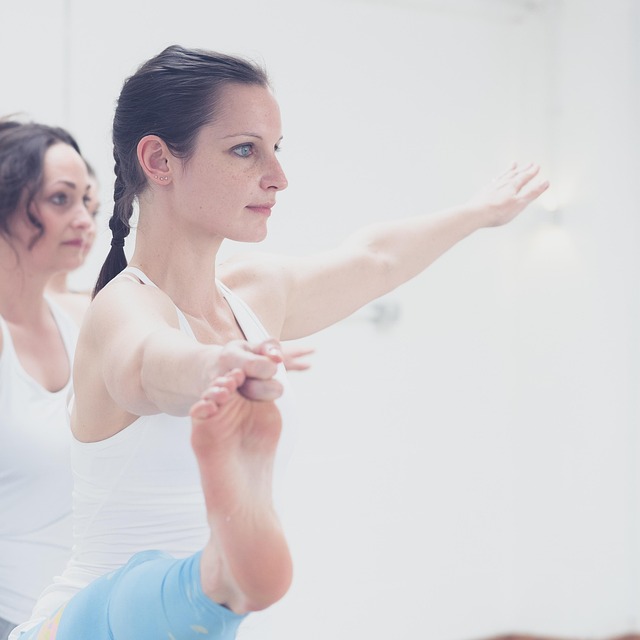Photography is an art that allows us to capture slices of life, moments that weave together emotions and stories. At the heart of this craft lies a fundamental concept that shapes images in profound ways: depth of field. Understanding depth of field is essential for any photographer looking to create stunning photographs that resonate with viewers.
Simply put, depth of field refers to the range within a photo that appears acceptably sharp. It is influenced by various factors, including aperture settings, focal length, and the distance between the camera and the subject. Altering these variables allows photographers to achieve either a shallow or deep depth of field, creating different visual experiences. A shallow depth of field, often favored for portraits, blurs the background, emphasizing the subject and evoking a sense of intimacy. This technique draws the viewer’s eye directly to the point of interest, creating a feeling of connection.
On the other hand, a deep depth of field is ideal for landscape photography, where sharpness is desired throughout the scene. This technique encapsulates the vastness of nature, inviting viewers to immerse themselves in the beauty of the entire frame. When you look at a photograph with a deep depth of field, you can almost feel the expansive air of the scene, the intricate details of the foreground leading your eye towards the horizon.
Choosing your camera settings wisely can drastically affect the story your photograph tells. Photographer’s often adjust their aperture to manipulate depth of field. A wide aperture (like f/2.8) creates a narrow depth of field, while a narrow aperture (such as f/16) increases the range of sharpness. These choices not only influence how the subject is presented but also how the viewer perceives the relationship between various elements within the frame.
Furthermore, understanding the optics of your camera can further enhance your photography skills. Different lenses possess unique qualities that impact depth of field. For instance, a macro lens provides an extraordinary ability to create a very shallow depth of field at close distances, effectively isolating your subject from its surroundings. This can make even the most mundane objects appear magical, akin to viewing them through a new lens of reality.
Diving deeper into this concept, it becomes clear that mastering depth of field can transform the way you compose photos. By conscious decisions regarding what to keep sharp and what to blur, you are, in essence, telling a more nuanced story. Photography isn’t just about capturing what you see; it’s about evoking feelings and ideas through the images you create.
Engaging with depth of field opens an avenue for experimentation. Each photo you take can be a testament to your evolving style as a photographer. Whether you’re shooting with a DSLR, mirrorless camera, or even a smartphone, learning how to control depth of field can dramatically elevate your photography and deepen your connection to the art form.
To explore this concept even further, consider how different lighting conditions and environments interact with depth of field. Natural light can create soft contrasts that enhance the feeling of an image, while artificial light may sharpen outlines, adding clarity to your subject. Understanding and manipulating these dynamics can help you produce photographs that are not only technically sound but also driven by the emotions you wish to convey.



